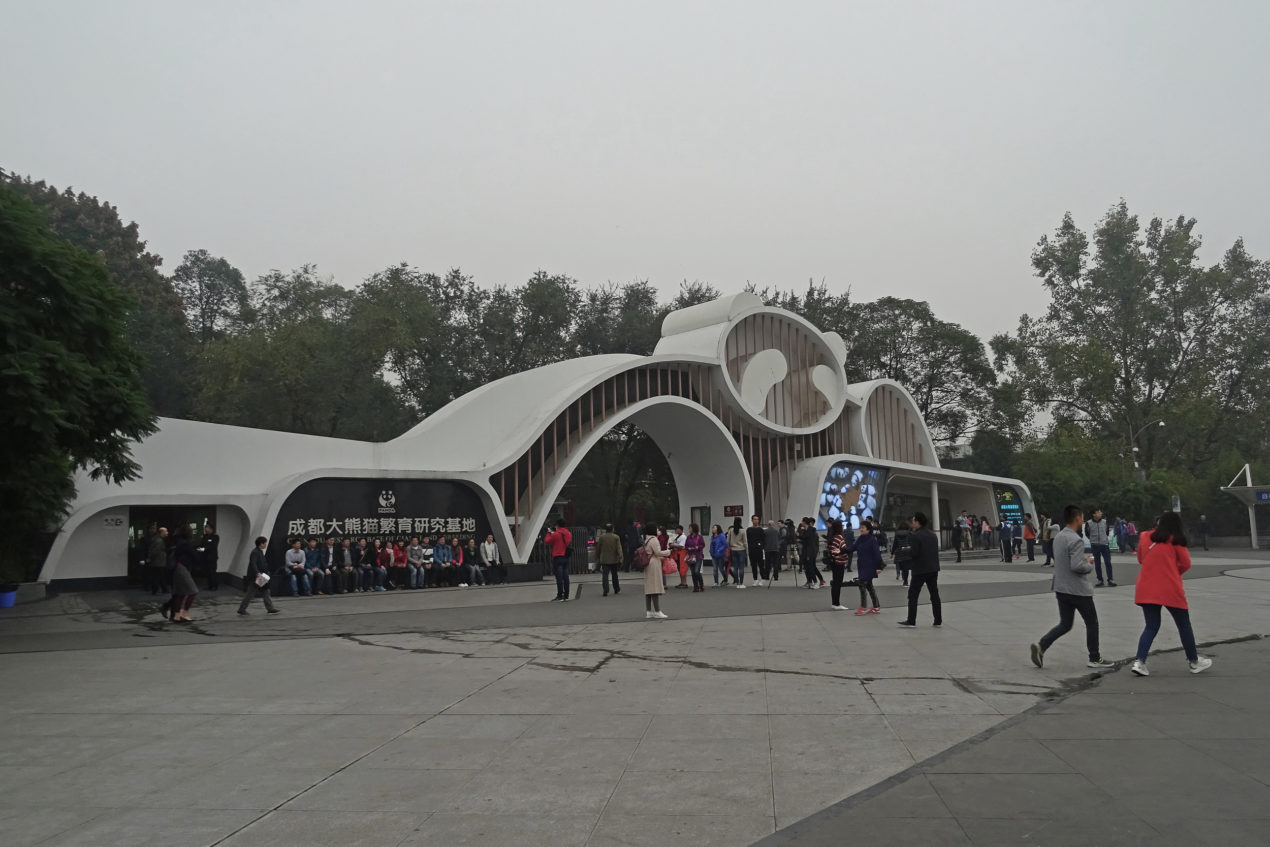Finally, a post about pandas in China! The Sichuan region is the place to be if it’s pandas you want to see, more specifically the city of Chengdu is very much regarded as the ‘home town’ for pandas. There are two centres for pandas, the Chengdu Research Base of Giant Panda Breeding, simply known as Chengdu Panda Base, and the China Conservation and Research Centre for Giant Pandas, or CCRCGP which is a little easier to roll off the tongue!
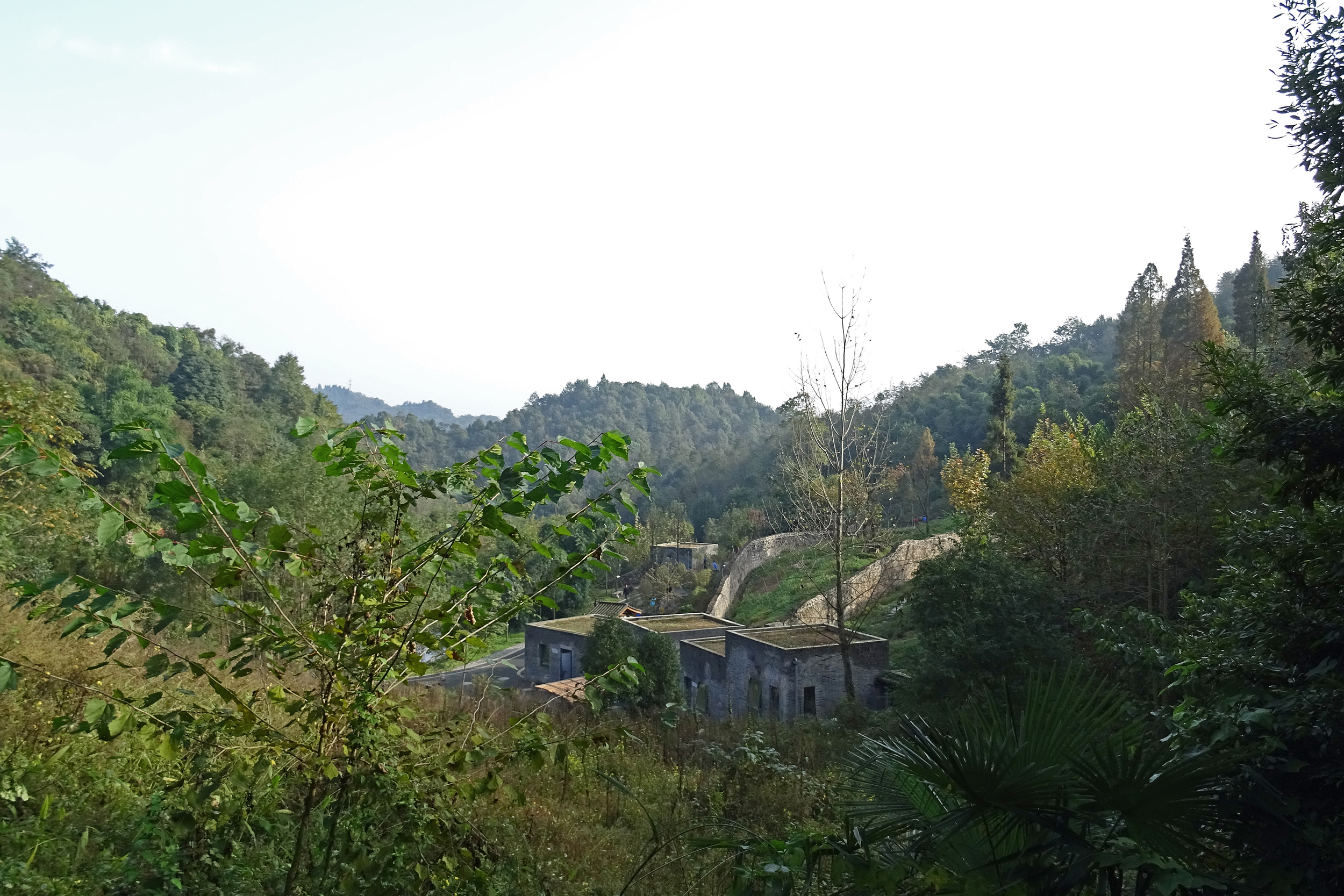
Each of the centres has several bases with pandas that you can choose to go and visit, with the most popular and easiest to get to being the main Chengdu Panda Base in the city of Chengdu, and both the CCRCGP and Chengdu bases in Dujiangyan which is a city just outside of Chengdu. Other CCRCGP bases are located in more mountainous regions (more of the natural habitat for pandas) such as Wolong or Ya’an which are also well-talked about when people are considering planning a trip to see pandas. There are also zoos where you can see pandas, like Chengdu Zoo where you can also see other animals. Outside of the Sichuan region you can of course see pandas in many other zoos, particularly in the main cities.
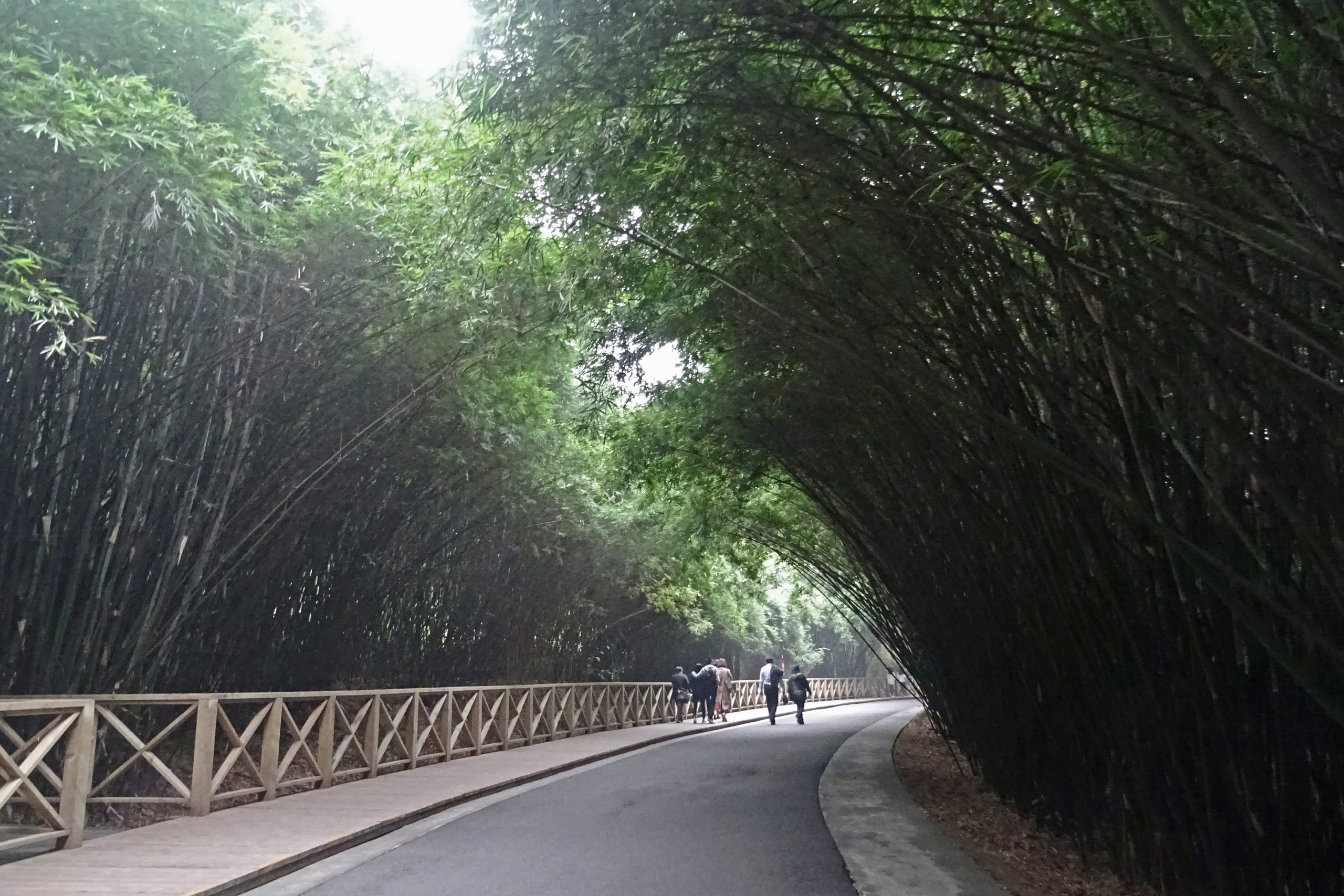
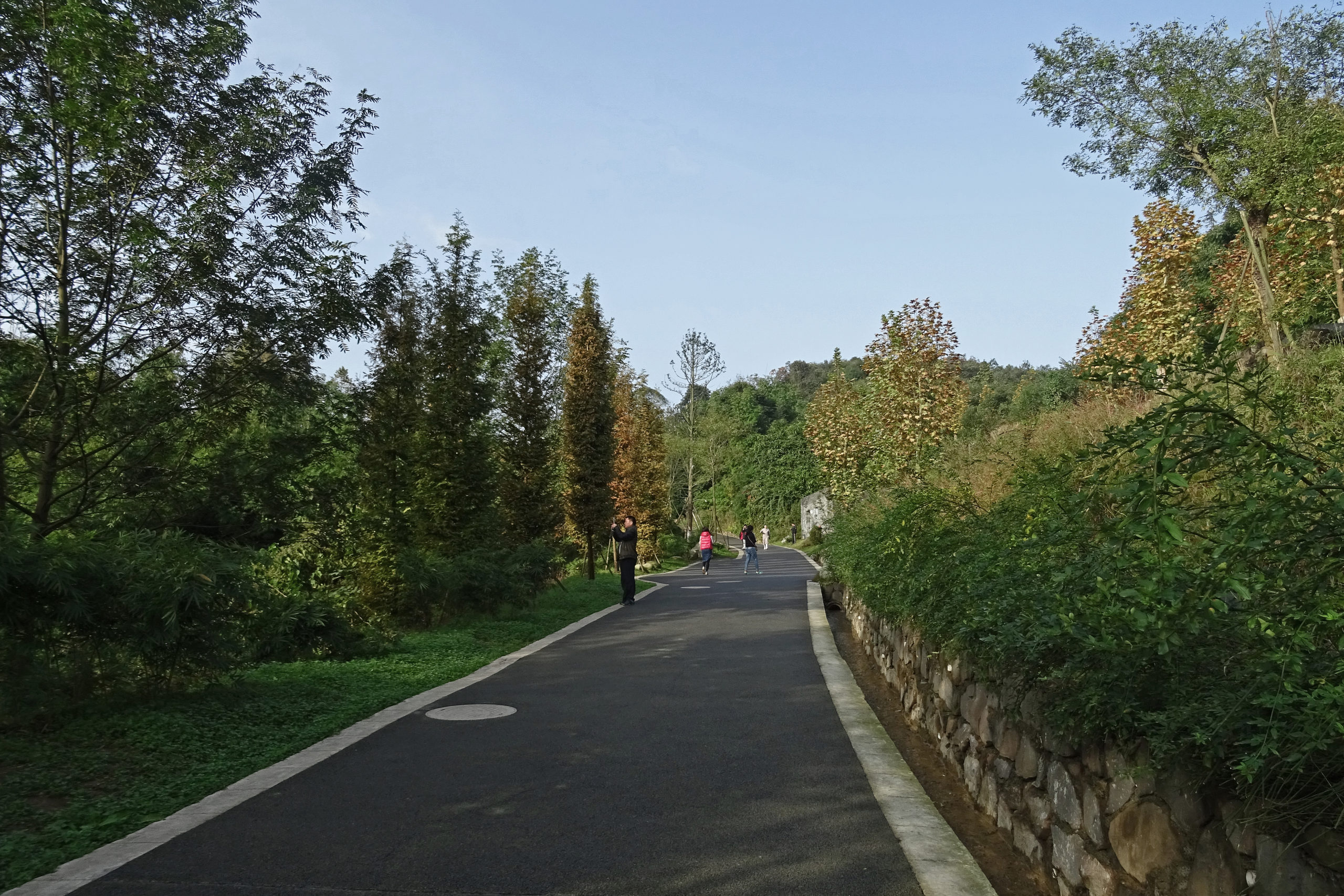
I’ve visited China every year since 2016, and hopefully will be able to continue visiting. I have been to Chengdu on every trip, so have been to the Chengdu Panda Base at least once on every trip. I’ve been to Dujiangyan twice, and on both occasions have been to the CCRCGP Dujiangyan Base but it’s been a couple of years since I’ve been there. I’ve not made it to Panda Valley (the Chengdu Dujiangyan Base) yet. There’s advantages to visiting both, which I’ll highlight in this post and then share another post about my most recent trip in November 2019.
Chengdu Panda Base
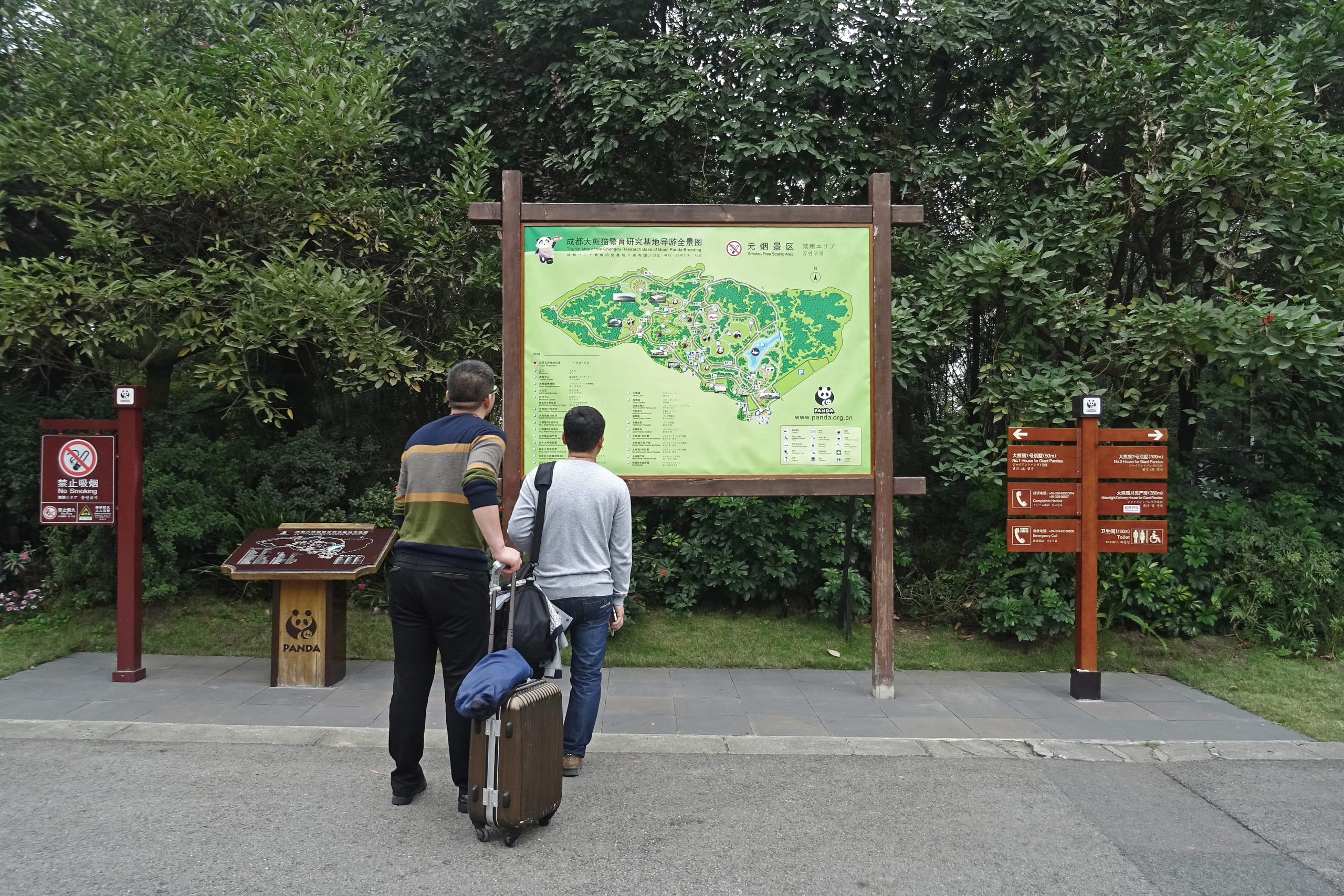
I would say this is the most popular Panda Base to visit pandas – it’s in the main city of Chengdu, so is the easiest to get to either from the city or from the airport. Taxi is the most convenient way to get there, which your hotel can organise for you – I’ve taken a taxi from the Qingyang District in the north of the city and it cost 50RMB at around 8AM. But I’ve also taken public transport, you can take a metro to the ‘Panda Avenue’ station and catch a bus from there, which is a more affordable way to travel and was very easy to do. Or there are some tourist sightseeing buses which you can take to the base from a range of other tourist sights over the city – in the past I’ve used this bus to get back to the city centre to somewhere else I want to see. Also check with your hotel – they may offer a shuttle bus to the base as it will be the top of most tourists list to visit. I’ve stayed in the Crowne Plaza Chengdu Panda Garden which is just about as close to the Panda Base as you can stay, and they offer a free shuttle to the base and back (along with other attractions in the city).
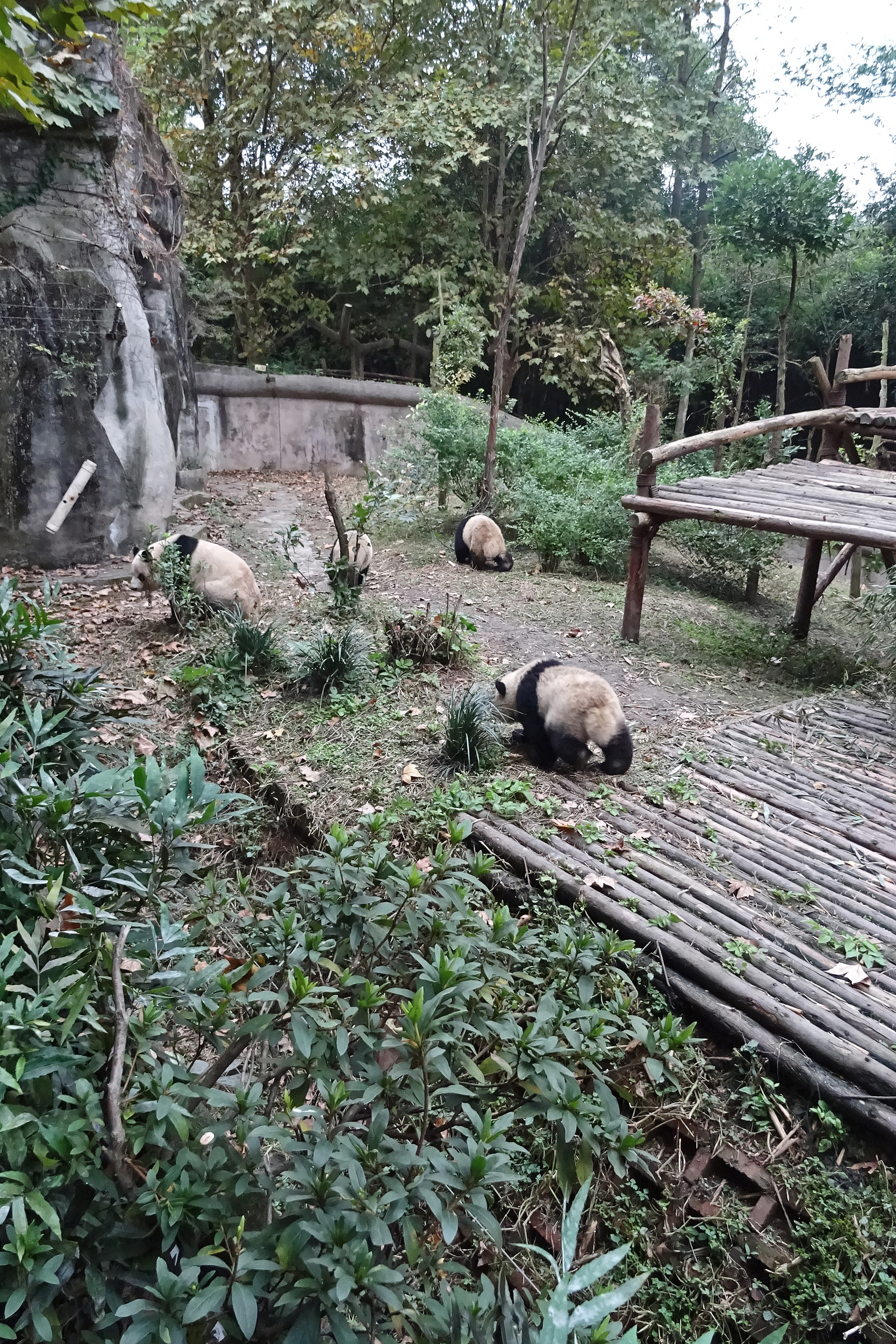
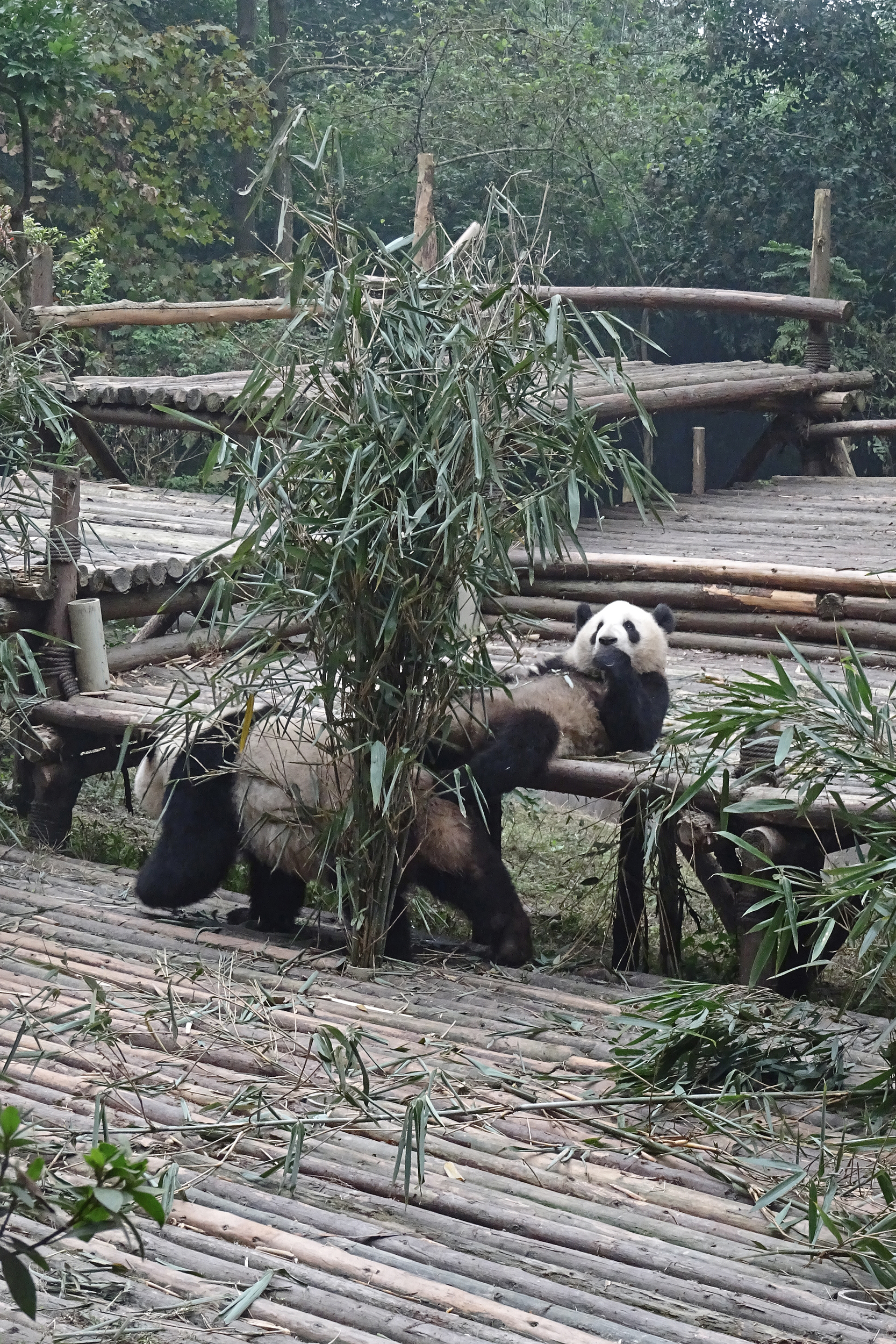
Once there it’s easy to buy a ticket at the desk (55RMB) – the queues have never been long, I think there may be an option for Chinese tourists to buy their ticket online/on their phone before arriving. The ticket is scanned at the turnstiles and then you’re in! There is an option to pay a little extra and take an internal bus around the main route of the Base, however I’ve always seen a long queue for this, so it can be quicker to walk. There are plenty of maps and signposts around the Base, all with English too – it’s easy to get around.
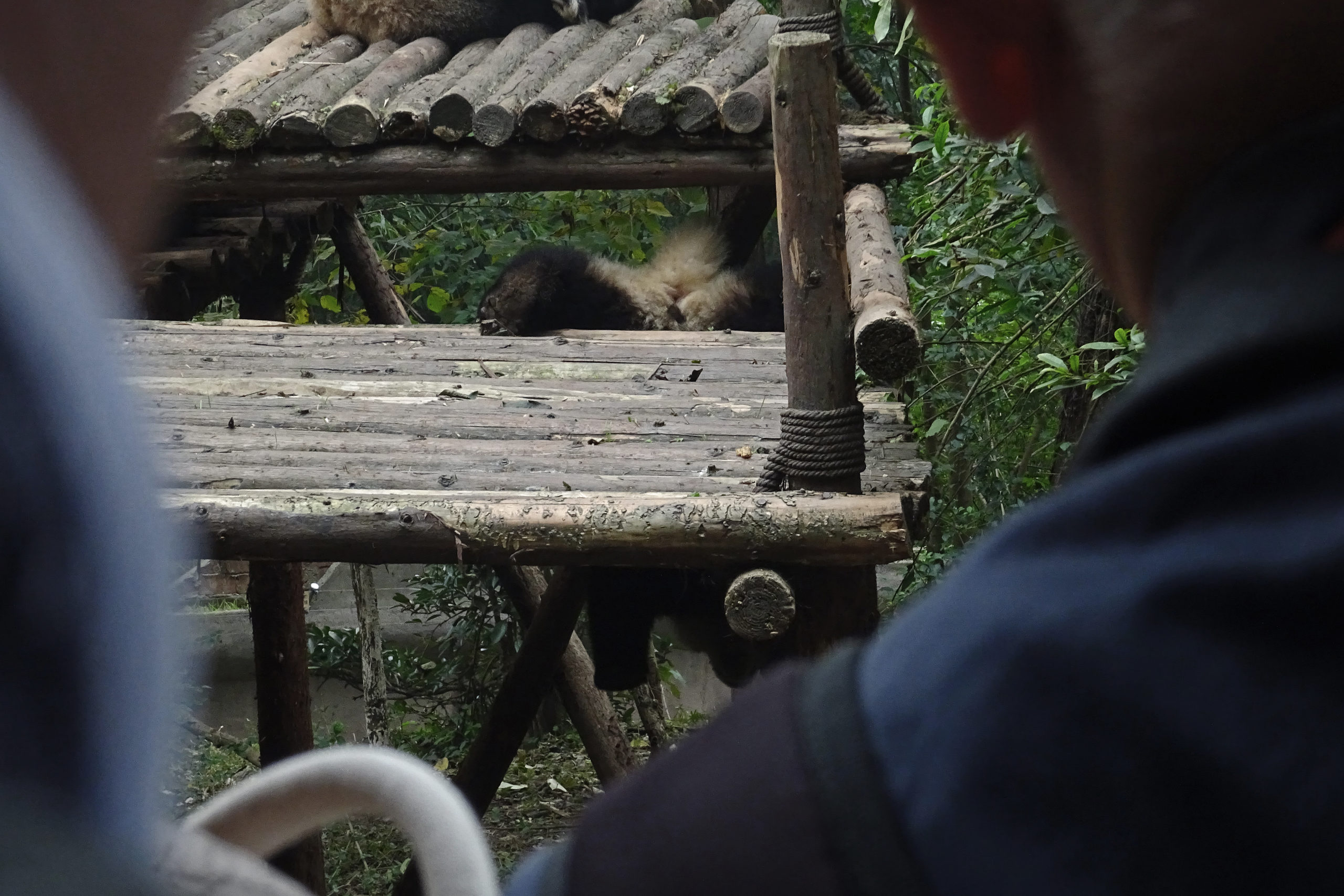
There are of course the ‘popular’ pandas which attract the most visitors, which will be the two nurseries (Sunshine or Moonlight) and the kindergarten where the young 1-2 year old pandas live in a groups of 5 or 6 pandas. But get there as early as possible – the Base opens at 7:30AM, and the pandas get fed breakfast first thing, so you can pretty much be guaranteed to see pandas eating and exploring the enclosures to find the bamboo. After eating the pandas tend to slow down a little to digest, so the activity level decreases. In my experience, the youngest of babies in the nurseries aren’t always out first thing in the morning – so I’d always head for the kindergarten first, stopping by some of the adult enclosures on the way.
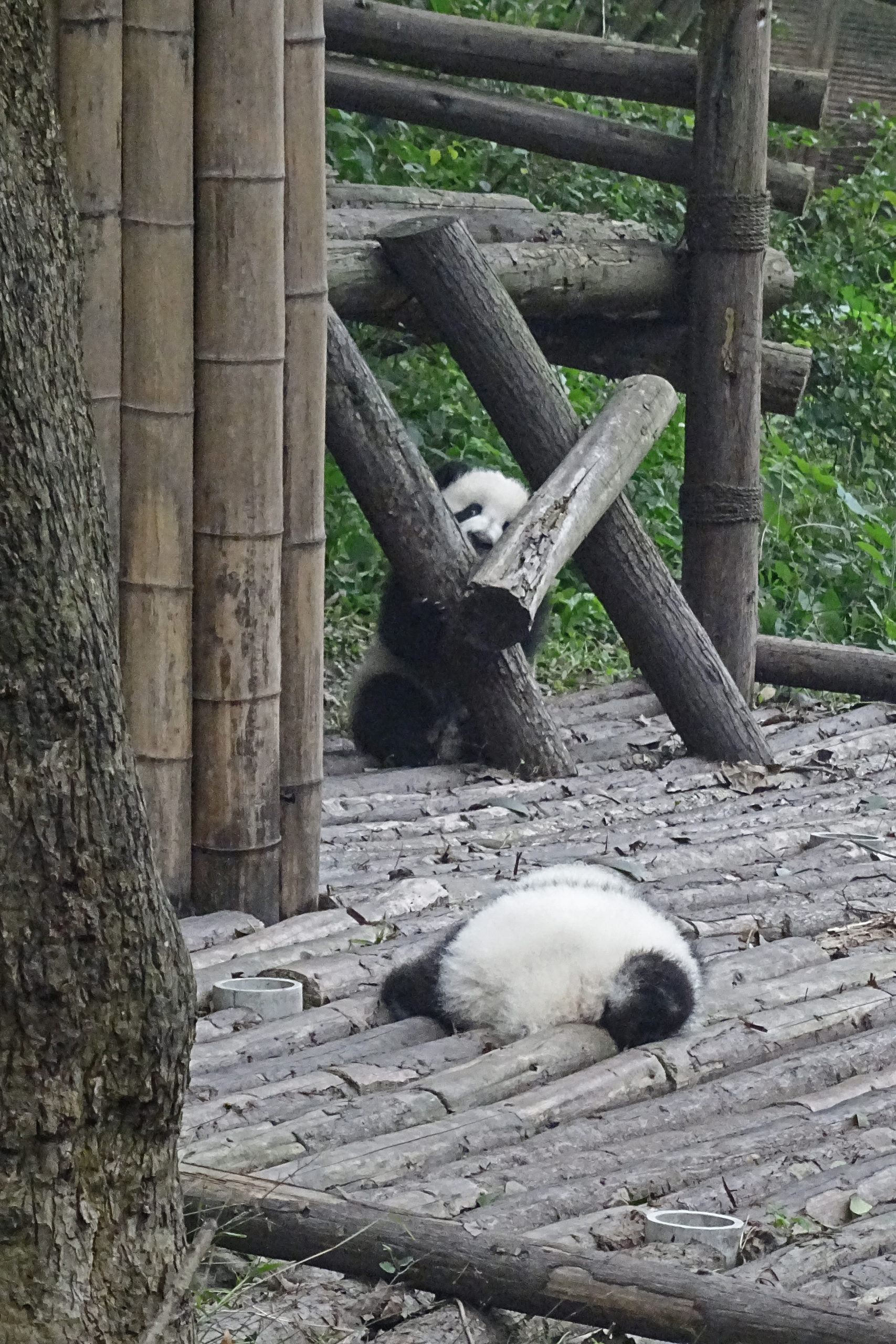
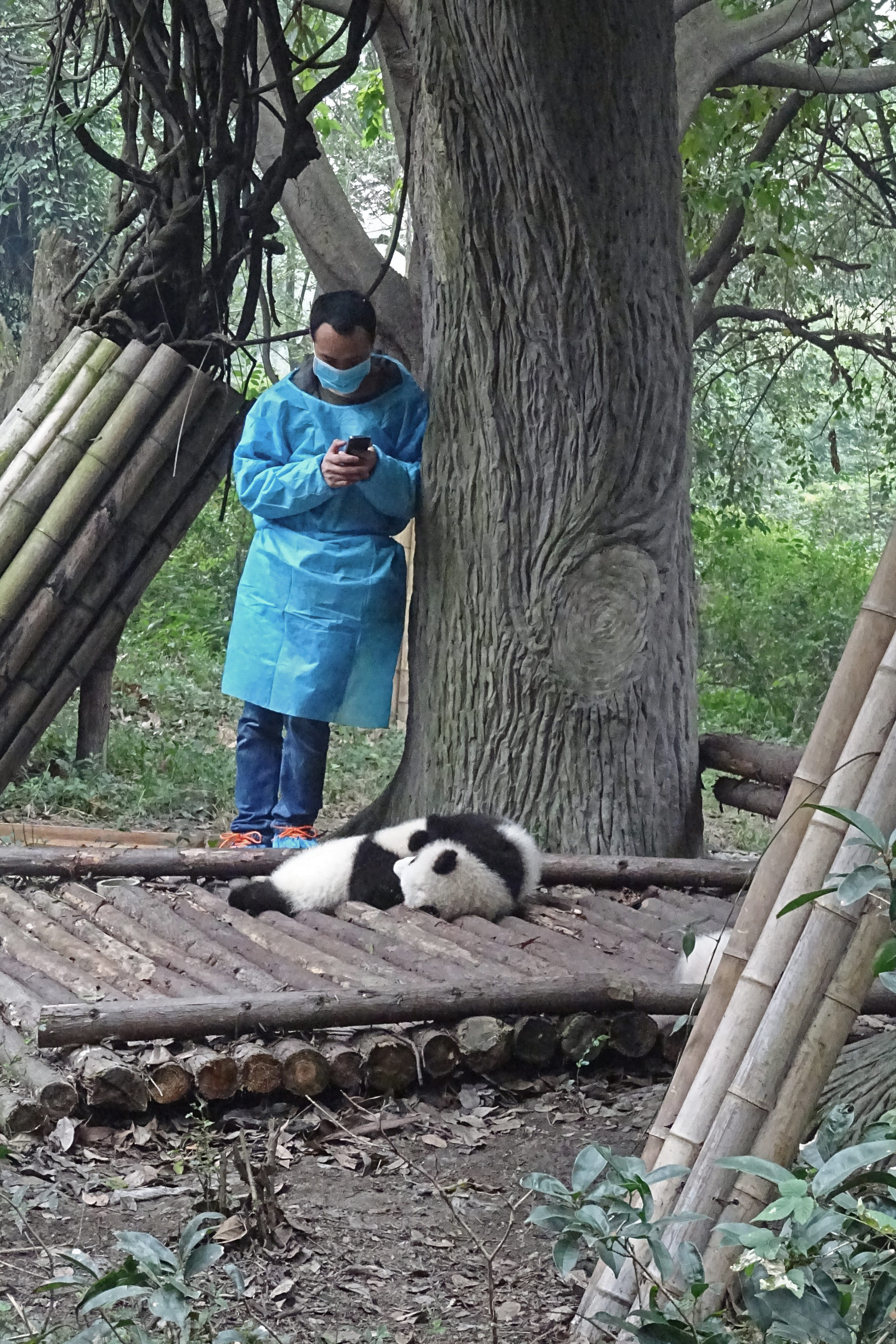
This is by far the busiest place I’ve been to see pandas, but it’s a big base, so if the area around one enclosure is too crowded, it’s easy to move on to see another set of pandas – it’s good to keep in mind that there might be a little wait to get to the front, and when little cubs are concerned, be prepared for some waiting and also pushing! I’ve not experienced it much in the outdoor viewings nor with the tiny cubs in the incubators, but in the indoor viewing for these little guys below it’s just a small viewing window and it isn’t always open – so when it is, everyone wants to see. Just a little patience is what is needed^
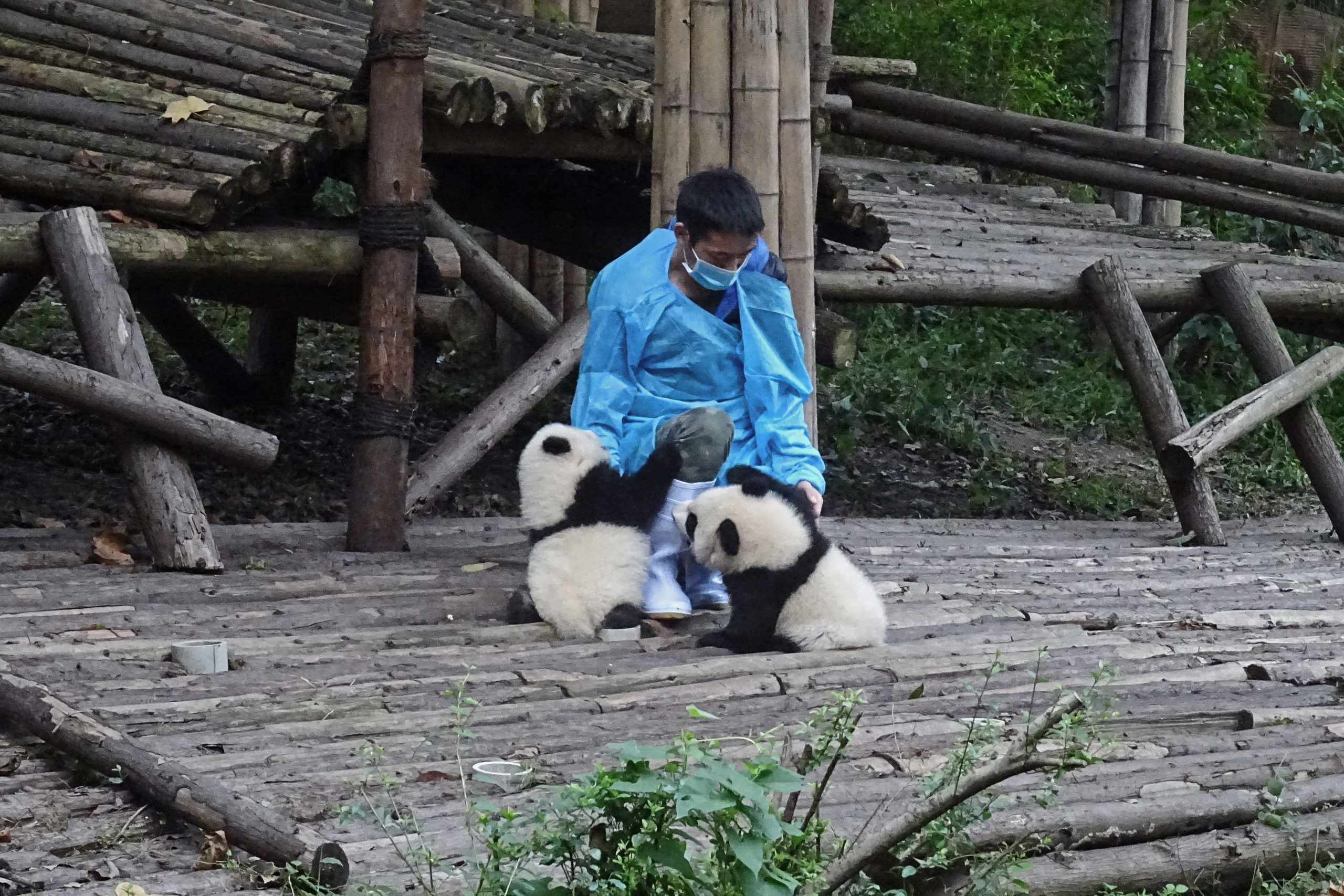
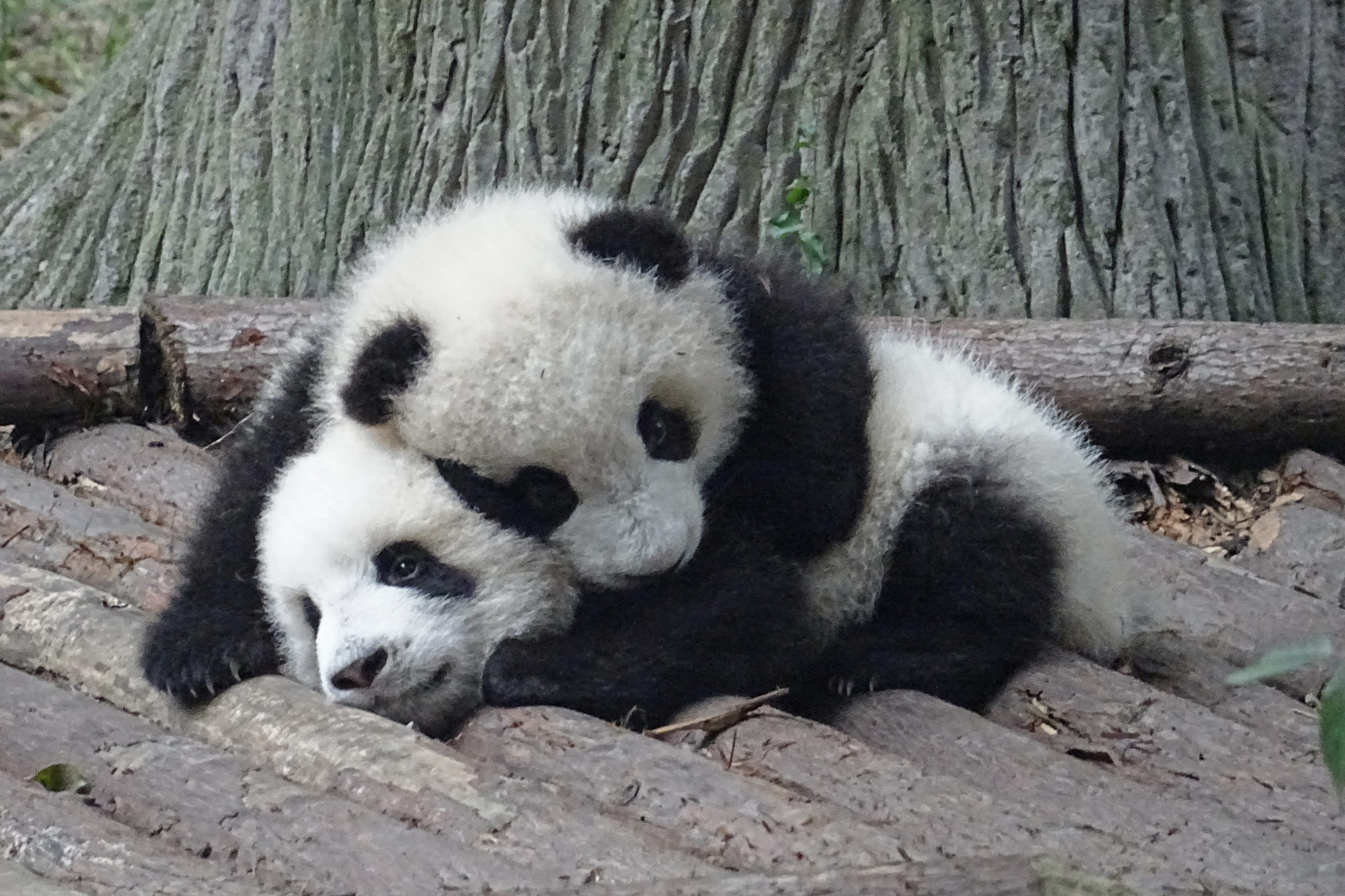
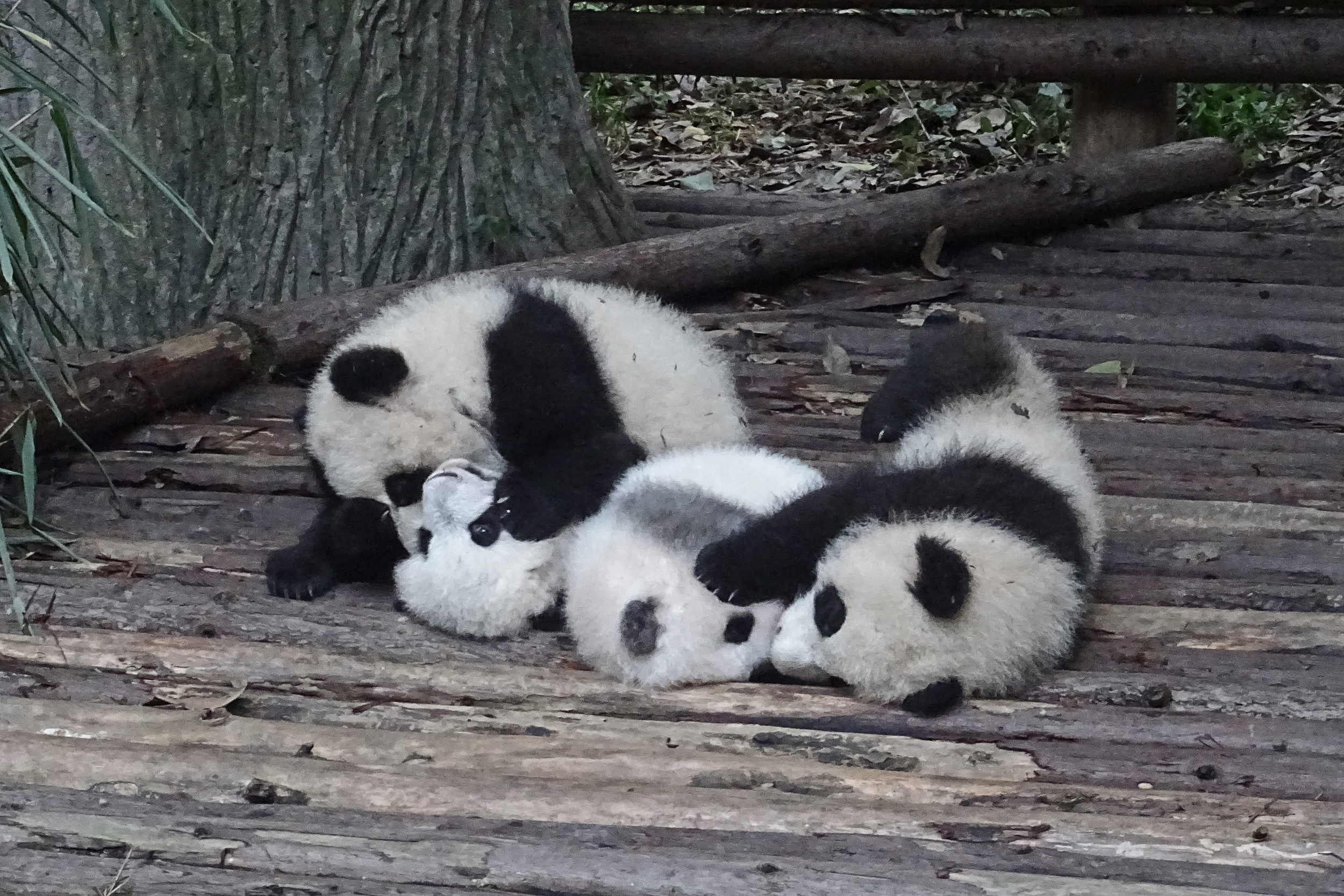
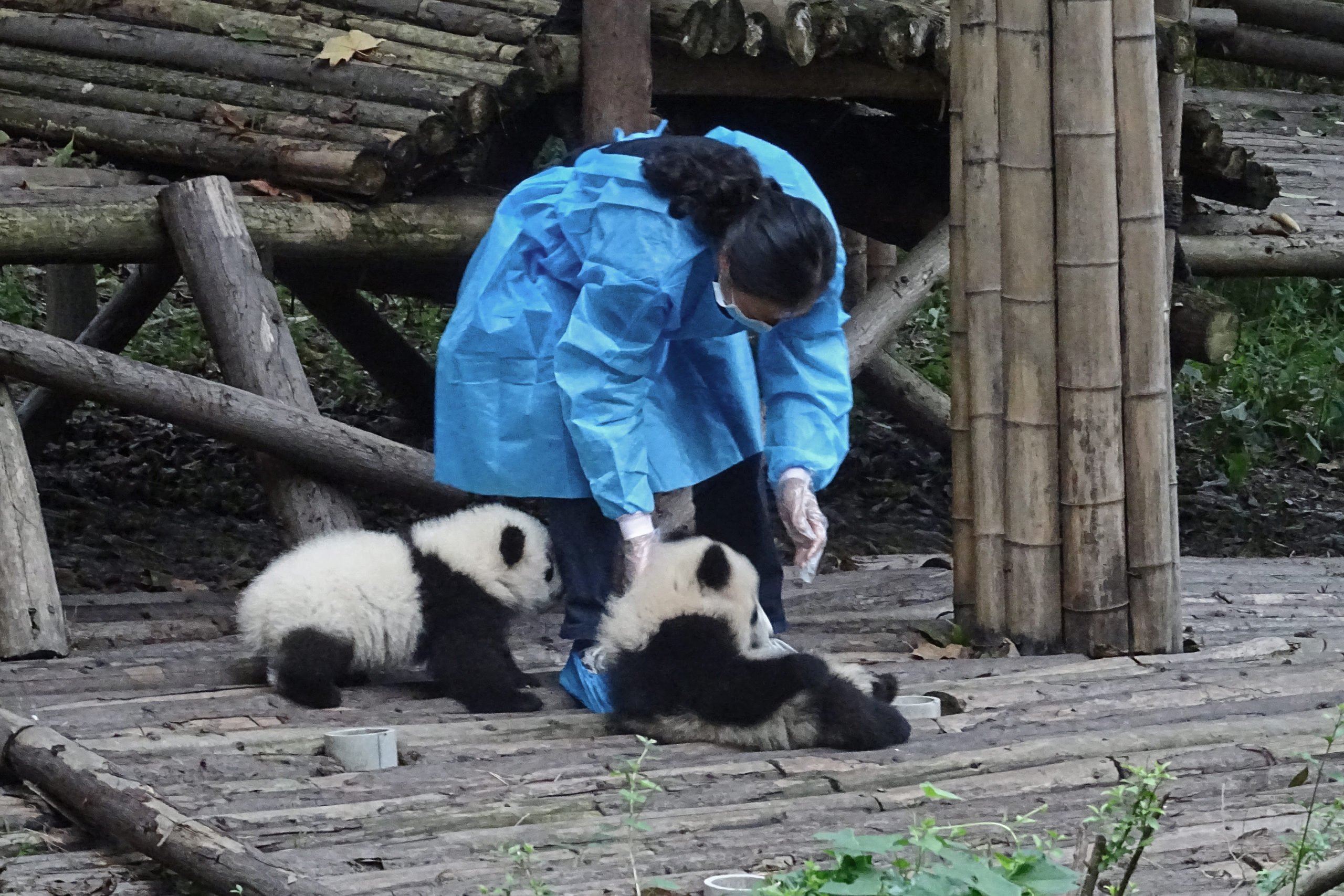
As a big panda fan, I could easily spend the day here from open until close (7:30AM-6PM), I have no problem waiting in crowds to see pandas, or waiting until a sleeping rolls over to get a picture – and for people like me the Base is well catered with several options for food and drink, with cafes and restaurants along with vending machines for drinks. And the gift shops, it wouldn’t be a trip without a panda souvenir, and there are plenty of shops across the Base. You can literally buy anything you can think of in a panda shape or with a panda on it – I really like the post card shop which is near the old Museum building close to the entrance/exit, they have so many different designs of postcards (which you can send from there) and greetings cards along with some different books and stationery items. When I’ve been it’s always been the quietest shop, which is good for taking a close look at everything.
CCRCGP Dujiangyan Base
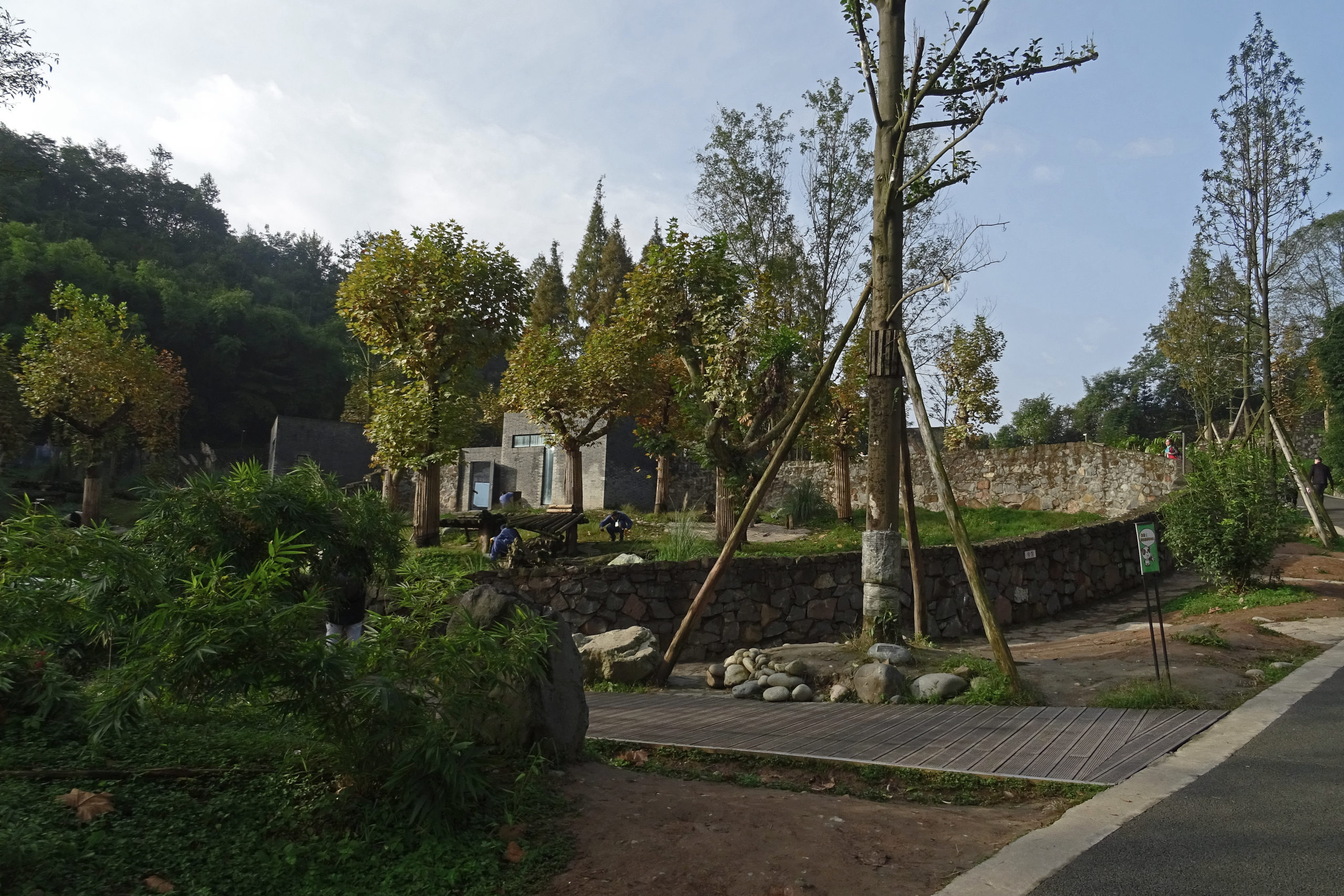

The CCRCGP Dujiangyan is located just outside of the city of Dujiangyan, north-west of Chengdu – it’s around an hour drive from Chengdu depending on traffic and your starting point. A taxi may be quite expensive, so there is the option to take the train from Chengdu to Dujiangyan which only takes 20-40 minutes (depending on starting station) – I’ve been twice and was taken by car the first time, and by a booked transfer the second time so I can’t comment on a regular taxi or the train, but I’m interested to take the train on my next visit. Once at Dujiangyan city then you need to get to the base, which can be a taxi or by bus, I’ve had my visits arranged by others, so I can’t comment, but I know the bus drops you off right outside the base. The environment around and within the base is really beautiful, whilst it’s not high in the mountains, it’s much closer to them than the Chengdu base and you can really feel it in the atmosphere there.
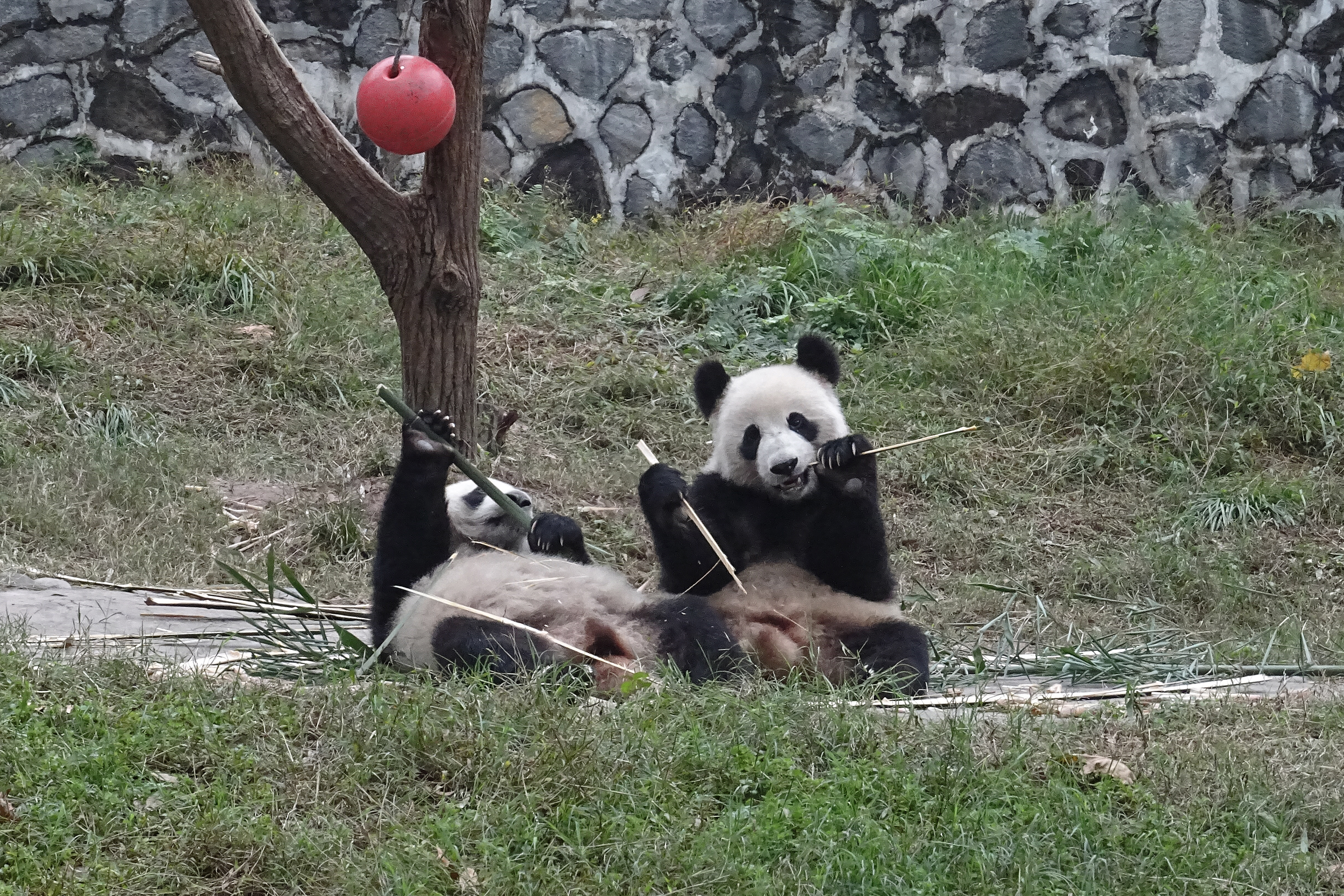
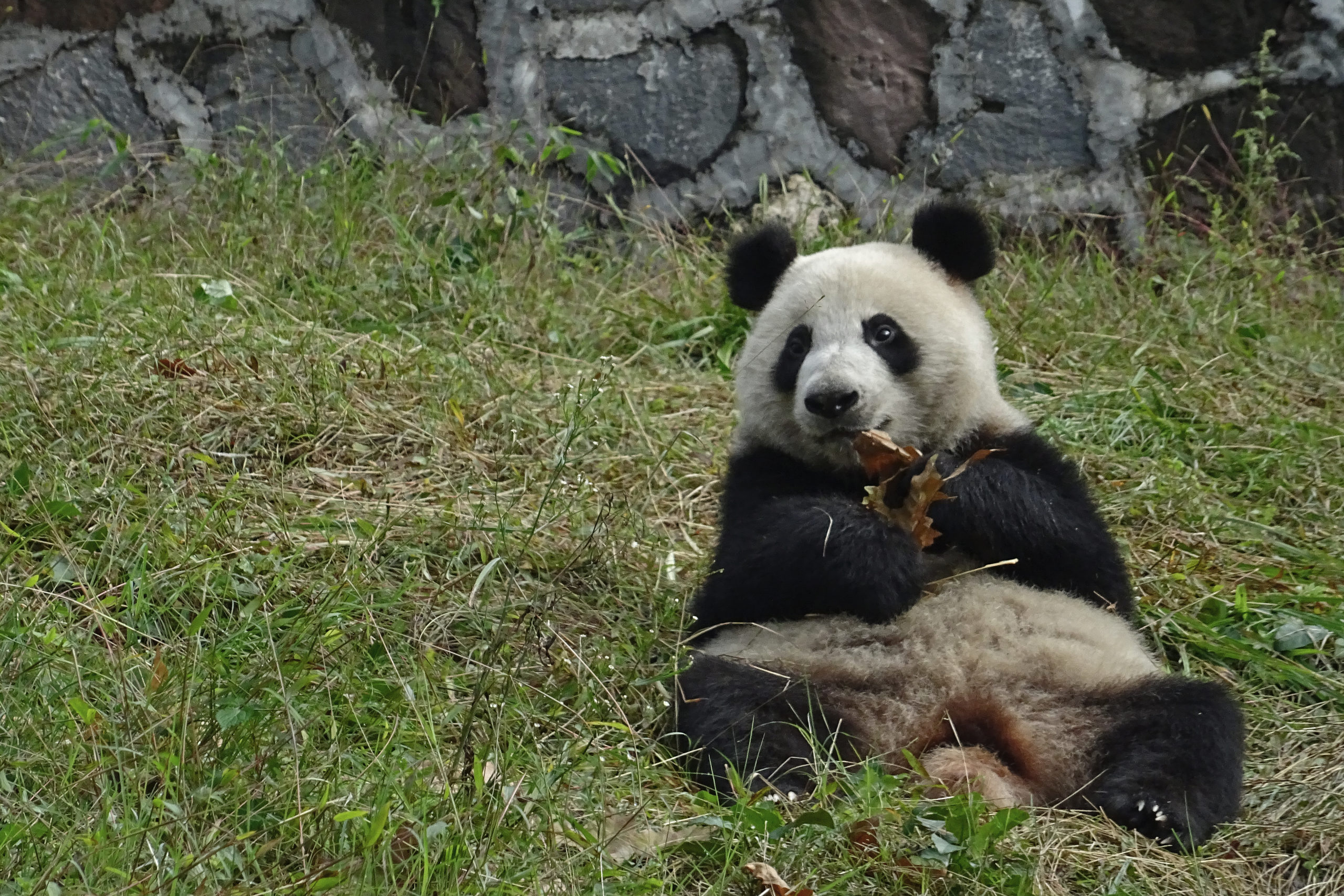
As I’ve had my trips arranged, there’s a few details I don’t know, like the opening times or the price to get in, however I would think they are both fairly similar to the times and cost of the Chengdu Base. I would definitely recommend getting here early again for breakfast time with the pandas – on one trip I was there pretty much first thing around 9 or 10AM and there were a couple of coach-loads of Chinese tourists. They did tour the base pretty swiftly though, and in the early afternoon there really were very few visitors, which makes for a pretty peaceful visit. The distance from the main city puts it just a little off the main path for most tourists, so it naturally is quite a lot quieter than the city base in Chengdu – I have only been on weekdays in November however, so this may factor into fewer tourists. This is one of the bases which offer a ‘keeper experience’ where you can learn about looking after pandas, help clean out the enclosures, make some panda cake and even help feed the pandas, this is the main reason for most non-Chinese tourists to visit.
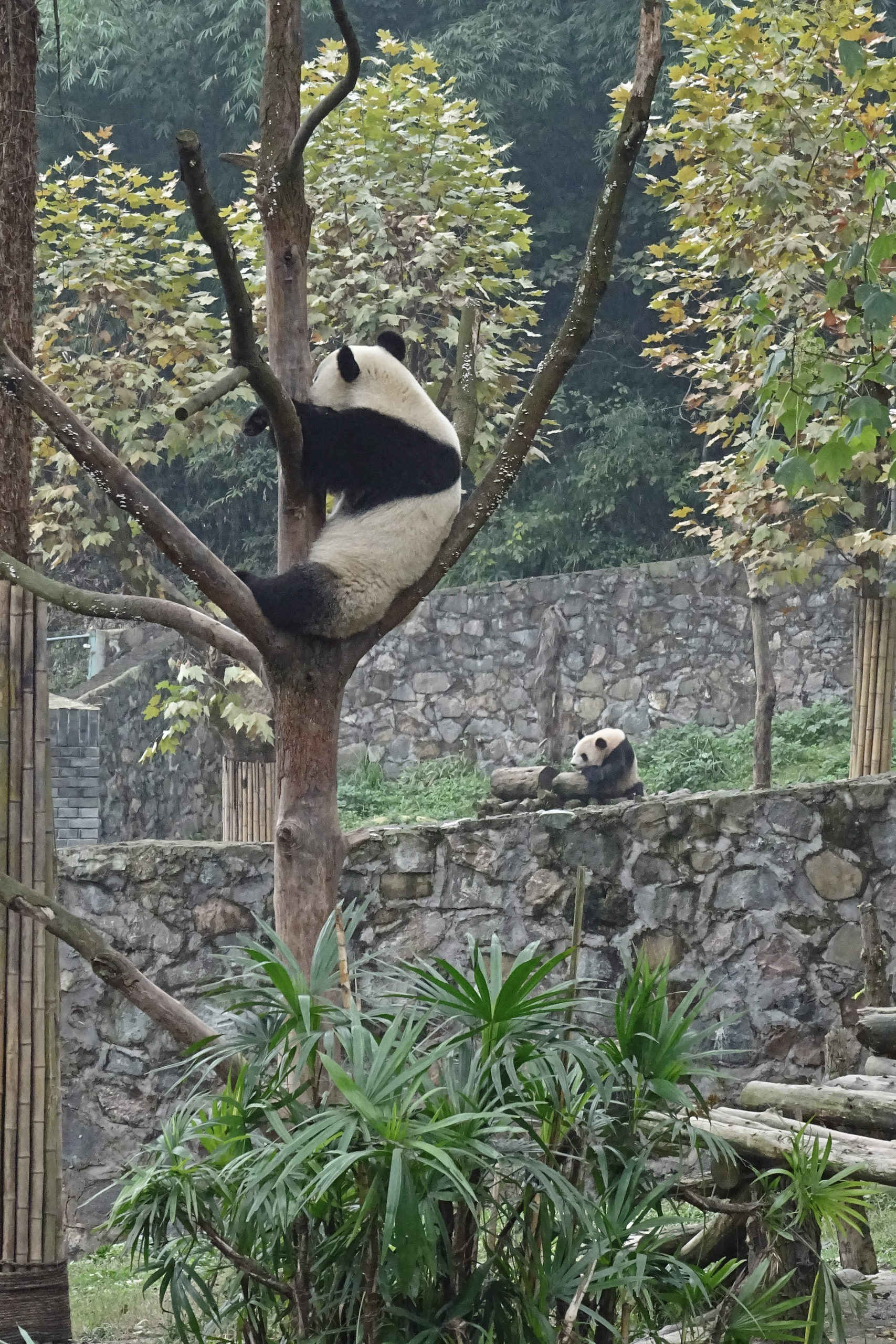
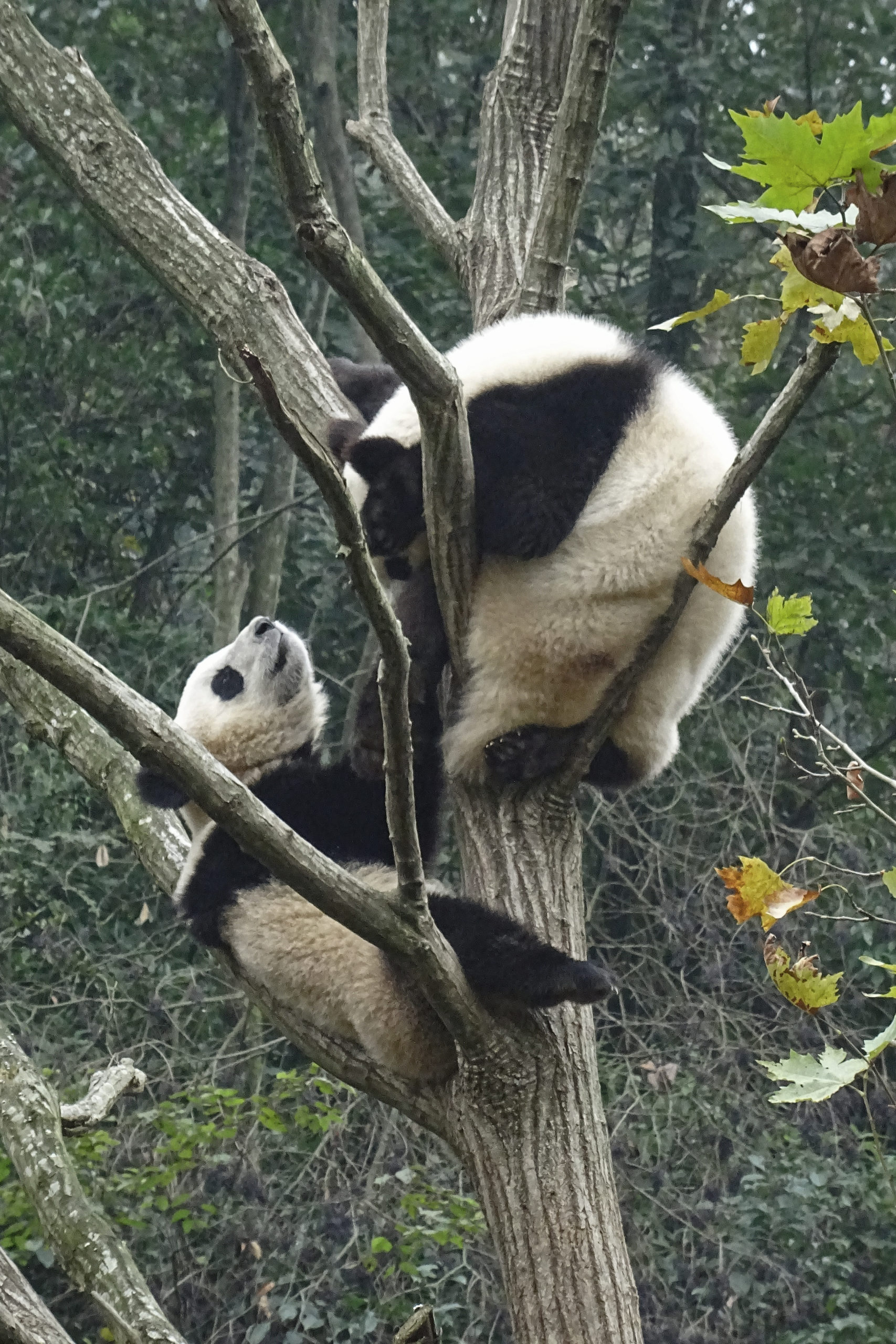
The Dujiangyan Base is split into 4 main areas to see pandas – one of which also includes two red panda enclosures, which have also been fun to see as they can be very entertaining too. You can also take a small bus around the base here, but it’s really not necessary as it’s very easy to get around on foot and is quite a bit smaller than the Chengdu Base. The first area of panda enclosures is where I would say is where the ‘popular’ pandas are, so this is where the famous Pan Pan’s home was (I was there in 2016 shortly before his death, sadly I didn’t see him though), and then in 2017 I saw Tai Shan and Bao Bao (both born at SNZP in Washington, DC) in this area too. It’s right at the front of the Base, so is where everyone will see. The second area is where I saw the younger pair sharing a tree in the above picture – there were quite a few enclosures around the base with pairs of pandas, usually on the younger side but not less than 1 year old. There are no little cubs at this base, so if they are a ‘must’ for you, then I would recommend the Chengdu Base more, but the slightly older cubs can be just as enjoyable to watch. You will also see quite a few of the ‘returned pandas’ in this base, I’ve mentioned the Washington pandas, but I’ve also seen pandas from Vienna and San Diego – it perhaps can be described as an intermediate home before the pandas can be moved on to enter the breeding program at one of the breeding bases, or to another zoo or base. There are generally also older pandas who need a little extra care living here.
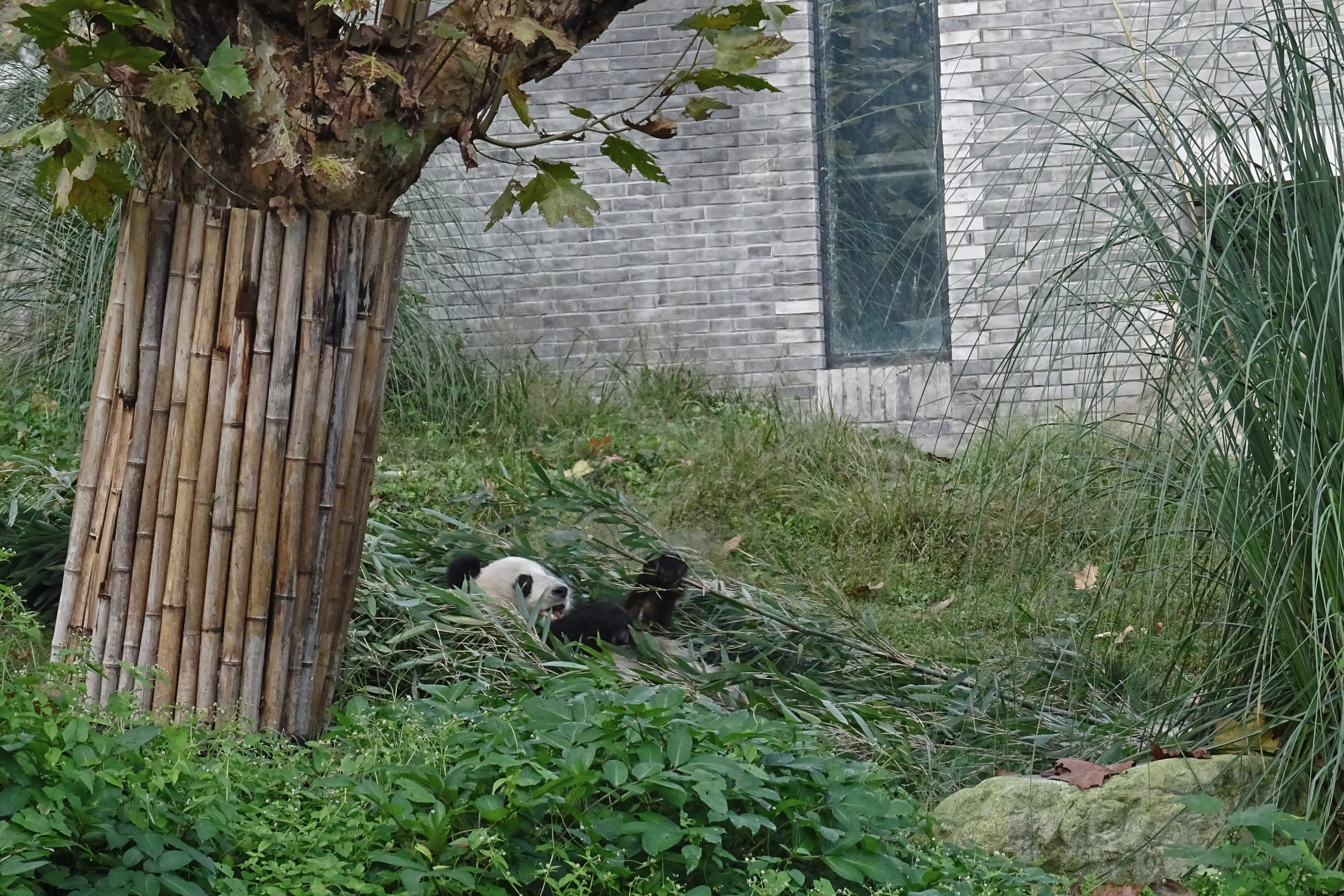
I don’t remember seeing a cafe or somewhere to eat at the base, so I would suggest taking your own snacks and drinks – however I think most people wouldn’t be spending a whole day here and needing a large meal at lunch. There is a gift shop at the exit, it has a pretty good selection of everything panda that you might want to buy!

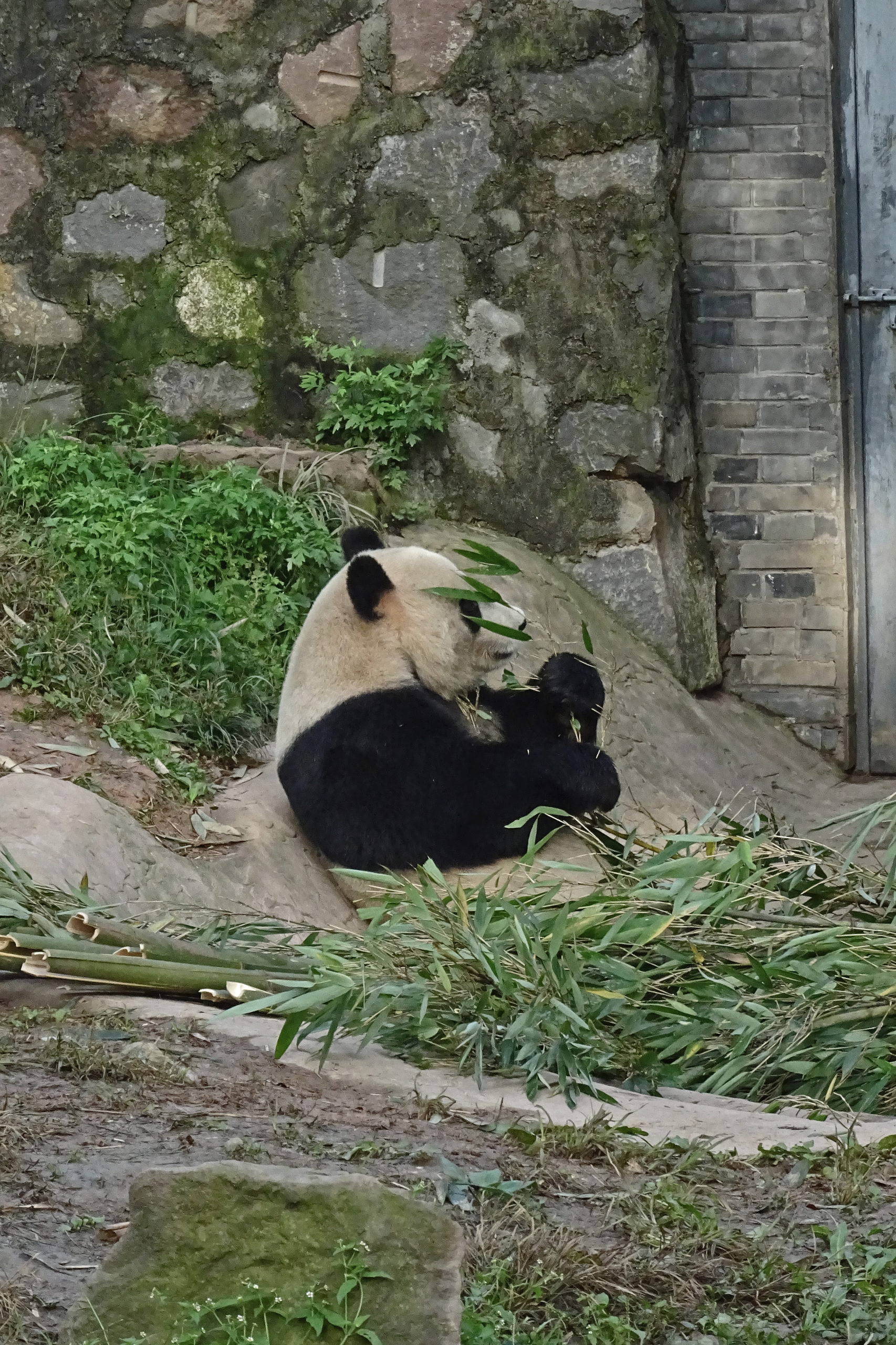
Hopefully that has given a bit of an introduction to the two main bases of the panda centres – there is so much more to say about the bases and about pandas for sure, I think I could easily fill up so many posts with pictures of my trips to China which I will work on sharing over time. These pictures are all from my first trip to China in November 2016.

